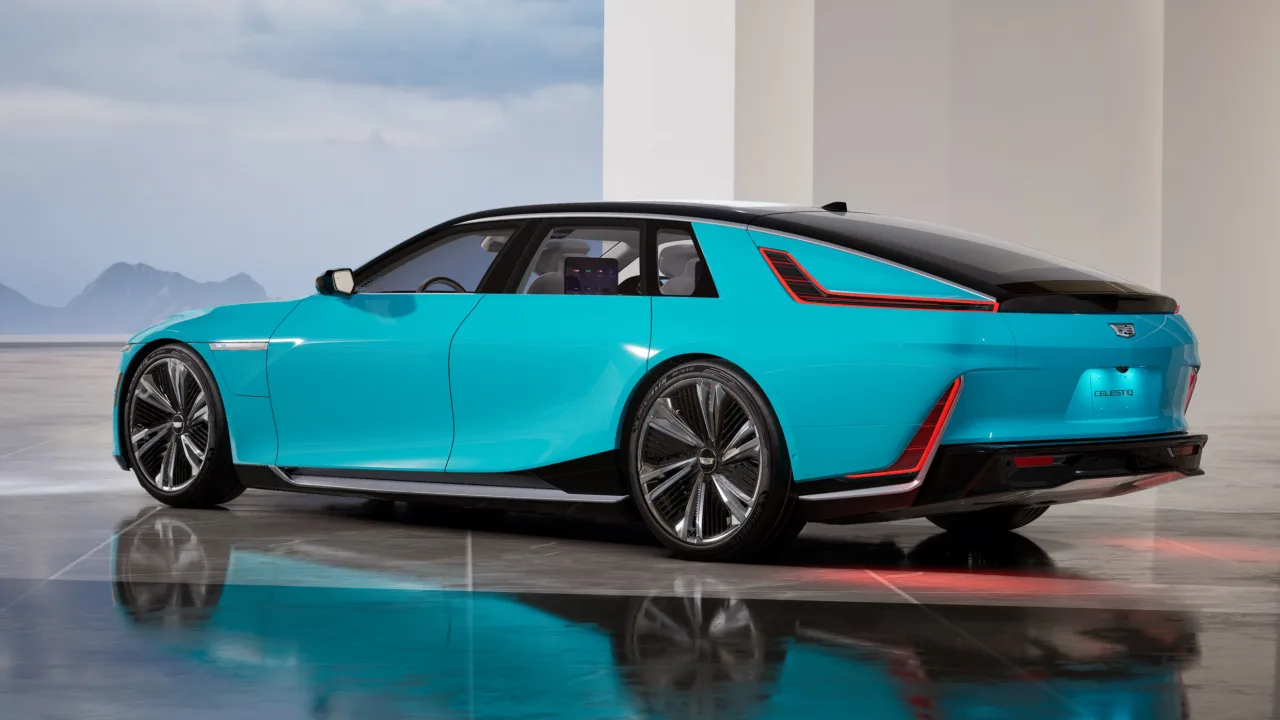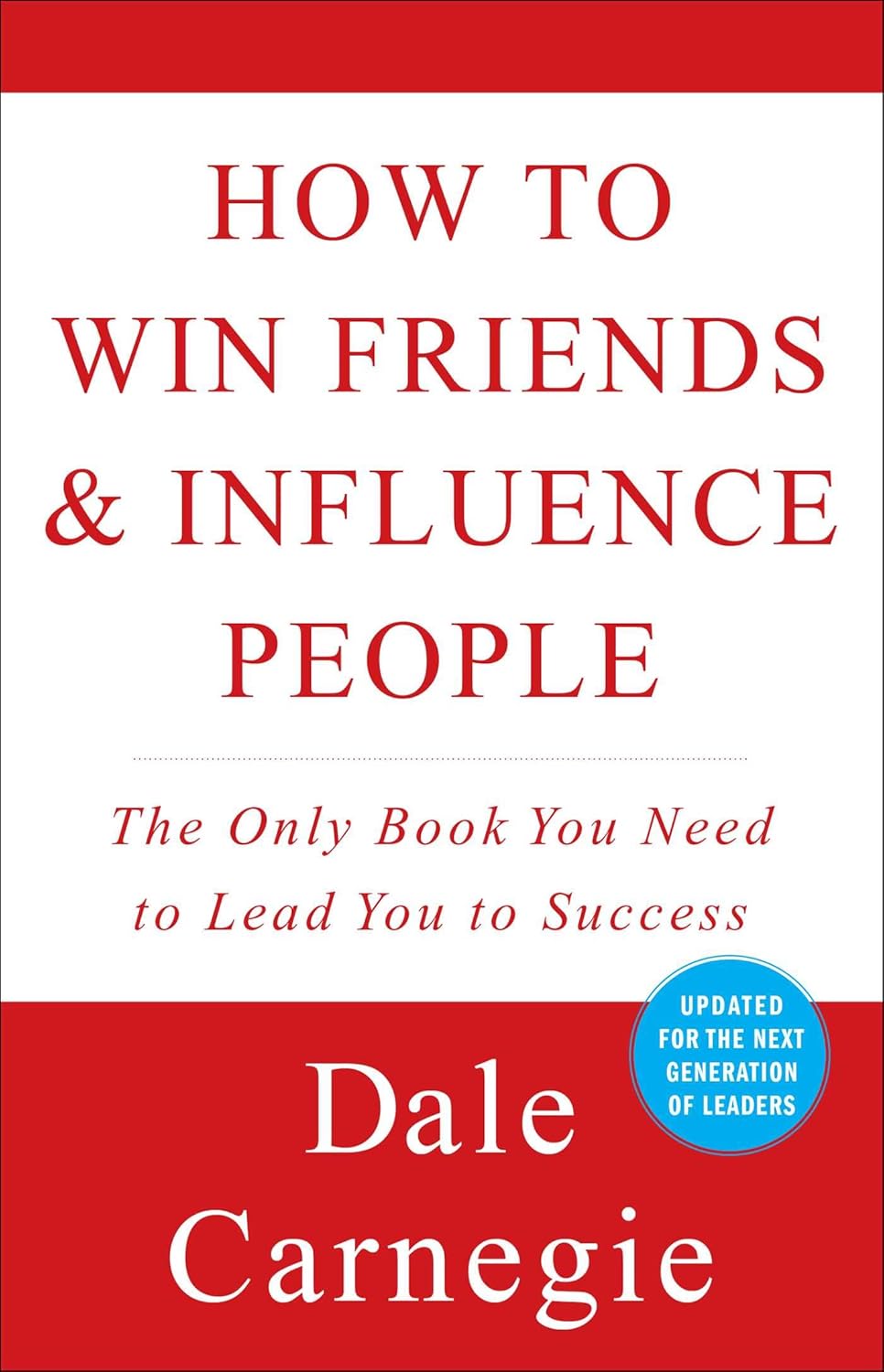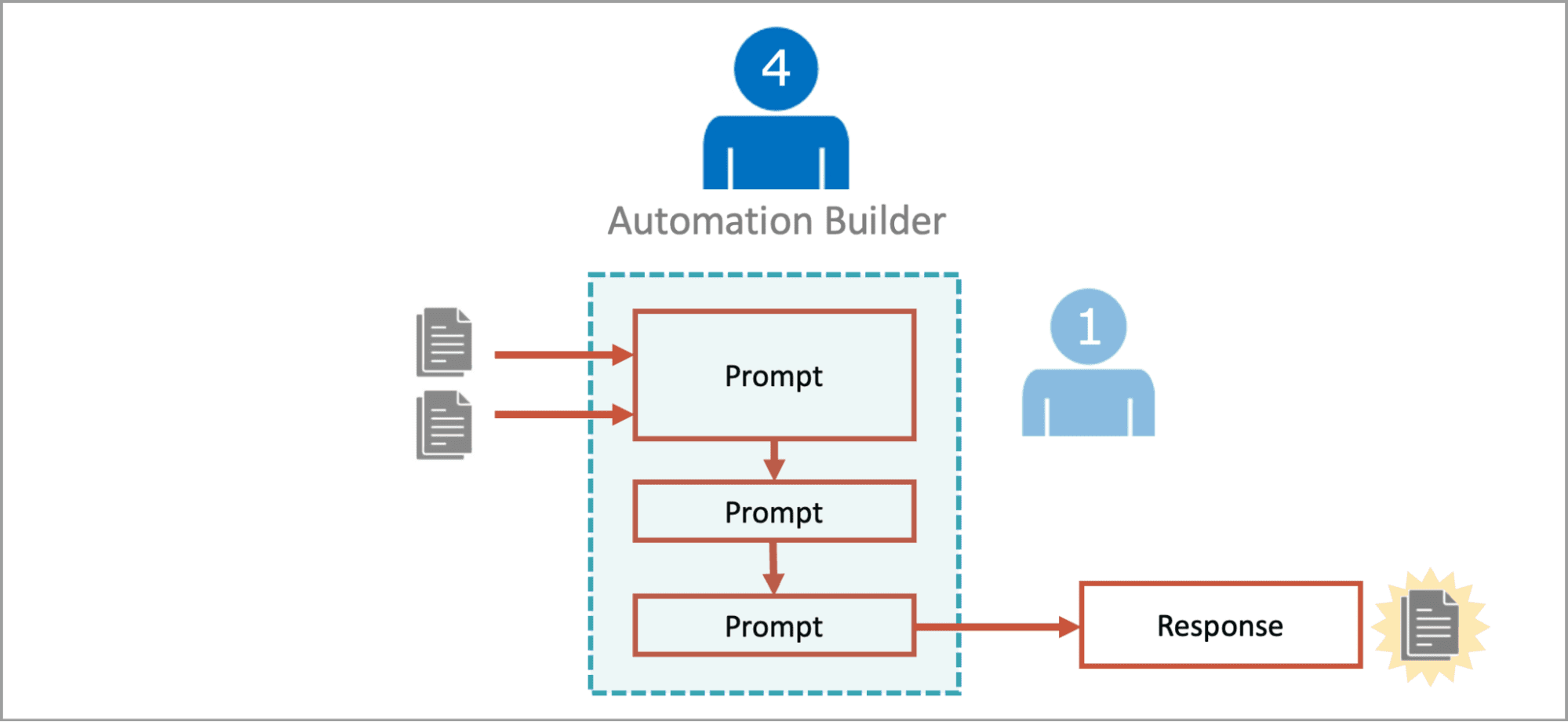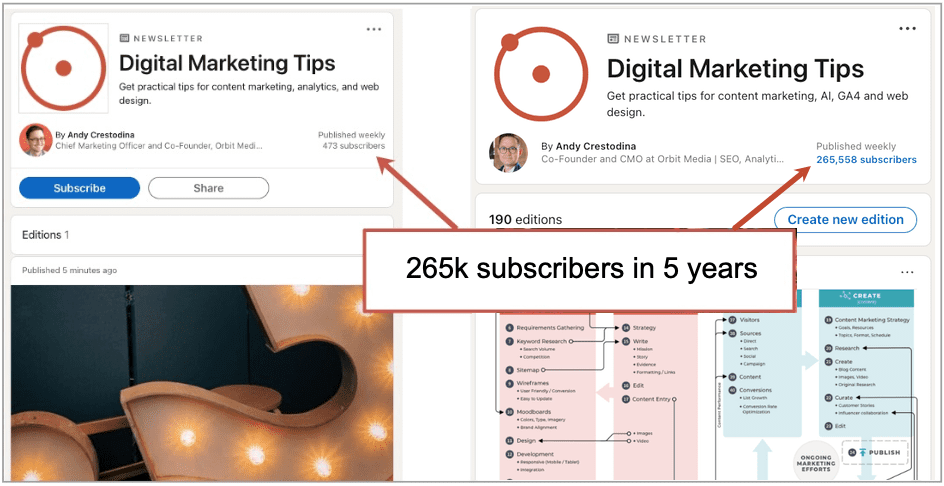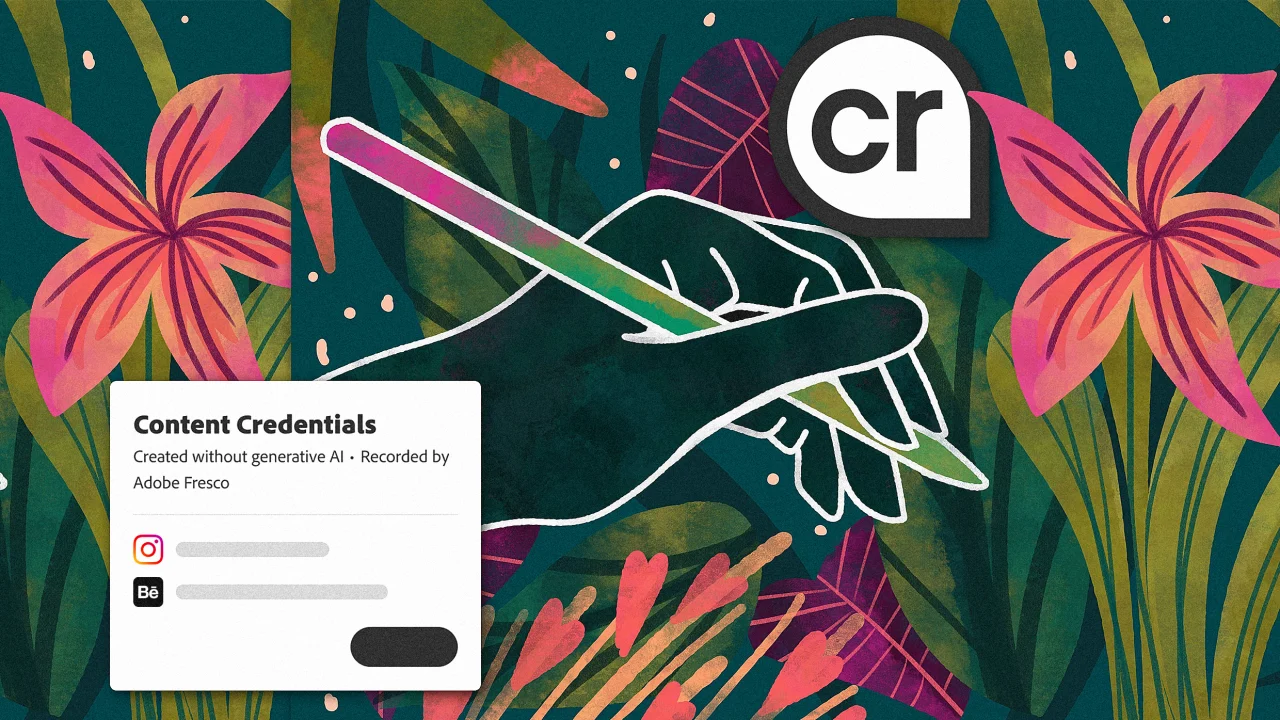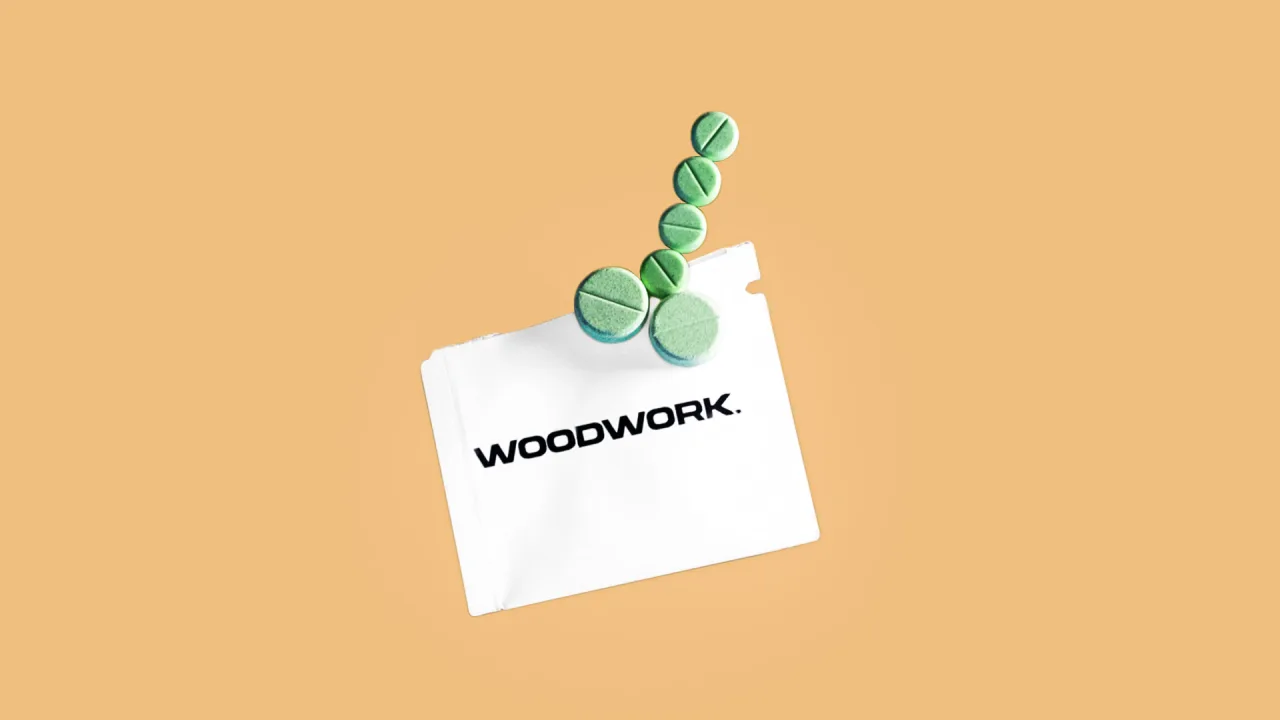Social media is more important than you may realize
The Fast Company Impact Council is an invitation-only membership community of leaders, experts, executives, and entrepreneurs who share their insights with our audience. Members pay annual dues for access to peer learning, thought leadership opportunities, events and more. The influence of millennials and Gen Z on B2B purchasing decisions is undeniable. As these generations continue moving into leadership roles, their approach to decision making, especially in B2B environments, is shaping how brands leverage various marketing and sales strategies. While today’s B2B brands are aware of social media’s role in engaging these decision makers, many fail to fully integrate it into their omni-channel strategies. Madison Logic’s recent survey—in collaboration with Harris Poll—found that 64% of B2B marketing leaders plan to invest in more B2C-focused social channels like Instagram and TikTok in 2025. It’s critical that brands understand how to effectively leverage social media or risk seeing low returns from their efforts. What drives today’s buyers Millennial and Gen Z buyers bring unique perspectives, habits, and expectations that are reshaping B2B marketing and sales strategies. As digital natives, their approach to purchasing and information gathering is often more collaborative, digital-first, and influenced by nontraditional media channels. These two generations are less likely to be influenced by in-person meetings, comprehensive email exchanges, or through phone calls. Instead, millennials and Gen Z want seamless, online purchasing similar to what they have in their personal lives—consumer-grade digital interactions. They also expect personalized, immediate, and easily accessible information—much of which is found on social media. Why social is the missing piece Omni-channel marketing—focused on creating consistency across digital platforms—is a proven method to deliver a seamless customer experience at every stage of the decision-making process. The idea is to meet prospects and customers where they are; and where they are is on social media. While LinkedIn, with over 1 billion members has long been considered the go-to platform for B2B decision makers, younger generations are expanding their social media presence into platforms that were previously more aligned with B2C engagement. TikTok and Instagram, for example, are not just for fun and entertainment anymore; they’re becoming crucial business tools. LinkedIn continues to be the most effective platform for professionals looking to make connections and engage with thought leadership content. In fact, 80% of B2B leads generated via social media come from LinkedIn. However, millennials and Gen Z have grown up with a broader social media usage pattern. These younger decision makers are comfortable on TikTok, Instagram, Twitter, and even Facebook—platforms that might seem outside the typical B2B scope. How to make the most of social in your omni-channel strategy To make the most of social media in your omni-channel approach, it’s essential to integrate these channels seamlessly into your broader marketing and sales strategies. Here’s how to ensure you’re maximizing your efforts. Use data to understand buyers: Social media allows brands to connect with potential customers in a more personal, humanized way. This is especially important for millennial and Gen Z decision makers, who tend to value authenticity and transparency. Using intent data to understand buyer concerns and mapping engagement to where they are in the buyer’s journey is key to building an effective omni-channel strategy Engage in real-time conversations: Social media offers a unique opportunity to engage with your audience in real time, and this is where the younger generations are looking for genuine interactions. If someone comments on your brand’s Instagram post or asks a question on LinkedIn, it’s essential to respond quickly and meaningfully. Millennial and Gen Z buyers often prefer self-service and quick resolutions. Embrace video: Short-form video is the fastest-growing content category on LinkedIn, with new data revealing that total video viewership surged by 36% year-over-year and video creation grew at twice the rate of other original post formats. Video content consistently outperforms text-based content and images in terms of engagement, largely due to its ability to capture attention quickly, making it ideal for social channels where professionals are often scrolling through feeds looking for insightful, actionable content. Leverage influencers and thought leaders: Our recent survey also found that more than half (56%) of B2B marketers use influencer marketing strategies to connect with their audiences. Collaborating with respected industry experts, thought leaders, and influencers lends credibility to your brand, increases awareness, and helps foster trust with potential buyers. Measure, analyze, and op

The Fast Company Impact Council is an invitation-only membership community of leaders, experts, executives, and entrepreneurs who share their insights with our audience. Members pay annual dues for access to peer learning, thought leadership opportunities, events and more.
The influence of millennials and Gen Z on B2B purchasing decisions is undeniable. As these generations continue moving into leadership roles, their approach to decision making, especially in B2B environments, is shaping how brands leverage various marketing and sales strategies.
While today’s B2B brands are aware of social media’s role in engaging these decision makers, many fail to fully integrate it into their omni-channel strategies. Madison Logic’s recent survey—in collaboration with Harris Poll—found that 64% of B2B marketing leaders plan to invest in more B2C-focused social channels like Instagram and TikTok in 2025. It’s critical that brands understand how to effectively leverage social media or risk seeing low returns from their efforts.
What drives today’s buyers
Millennial and Gen Z buyers bring unique perspectives, habits, and expectations that are reshaping B2B marketing and sales strategies. As digital natives, their approach to purchasing and information gathering is often more collaborative, digital-first, and influenced by nontraditional media channels. These two generations are less likely to be influenced by in-person meetings, comprehensive email exchanges, or through phone calls. Instead, millennials and Gen Z want seamless, online purchasing similar to what they have in their personal lives—consumer-grade digital interactions. They also expect personalized, immediate, and easily accessible information—much of which is found on social media.
Why social is the missing piece
Omni-channel marketing—focused on creating consistency across digital platforms—is a proven method to deliver a seamless customer experience at every stage of the decision-making process. The idea is to meet prospects and customers where they are; and where they are is on social media.
While LinkedIn, with over 1 billion members has long been considered the go-to platform for B2B decision makers, younger generations are expanding their social media presence into platforms that were previously more aligned with B2C engagement. TikTok and Instagram, for example, are not just for fun and entertainment anymore; they’re becoming crucial business tools.
LinkedIn continues to be the most effective platform for professionals looking to make connections and engage with thought leadership content. In fact, 80% of B2B leads generated via social media come from LinkedIn. However, millennials and Gen Z have grown up with a broader social media usage pattern. These younger decision makers are comfortable on TikTok, Instagram, Twitter, and even Facebook—platforms that might seem outside the typical B2B scope.
How to make the most of social in your omni-channel strategy
To make the most of social media in your omni-channel approach, it’s essential to integrate these channels seamlessly into your broader marketing and sales strategies. Here’s how to ensure you’re maximizing your efforts.
- Use data to understand buyers: Social media allows brands to connect with potential customers in a more personal, humanized way. This is especially important for millennial and Gen Z decision makers, who tend to value authenticity and transparency. Using intent data to understand buyer concerns and mapping engagement to where they are in the buyer’s journey is key to building an effective omni-channel strategy
- Engage in real-time conversations: Social media offers a unique opportunity to engage with your audience in real time, and this is where the younger generations are looking for genuine interactions. If someone comments on your brand’s Instagram post or asks a question on LinkedIn, it’s essential to respond quickly and meaningfully. Millennial and Gen Z buyers often prefer self-service and quick resolutions.
- Embrace video: Short-form video is the fastest-growing content category on LinkedIn, with new data revealing that total video viewership surged by 36% year-over-year and video creation grew at twice the rate of other original post formats. Video content consistently outperforms text-based content and images in terms of engagement, largely due to its ability to capture attention quickly, making it ideal for social channels where professionals are often scrolling through feeds looking for insightful, actionable content.
- Leverage influencers and thought leaders: Our recent survey also found that more than half (56%) of B2B marketers use influencer marketing strategies to connect with their audiences. Collaborating with respected industry experts, thought leaders, and influencers lends credibility to your brand, increases awareness, and helps foster trust with potential buyers.
- Measure, analyze, and optimize: Finally, as with any aspect of your omni-channel strategy, it’s important to continually measure and optimize your social media efforts. Social media platforms offer powerful analytics tools that allow you to track engagement, reach, and conversion metrics. By analyzing this data, you can identify which social channels and tactics are driving the most value for your business and optimize your strategy accordingly.
Incorporating social media into your B2B omni-channel strategy is no longer optional—it’s essential for reaching today’s decision makers. With millennials and Gen Z increasingly occupying key roles in the B2B buying process, brands must work harder and seek out ways to meet them where they are. And, at a time when nearly everyone is being asked to do more with less, those who embrace social as a critical part of their omni-channel strategy will surely be better positioned to win in the long run.
Keith Turco is CEO of Madison Logic.


